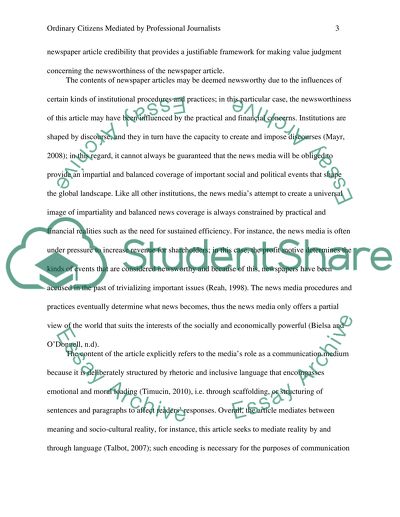Cite this document
(“Ordinary Citizens mediated by professional journalists Essay”, n.d.)
Ordinary Citizens mediated by professional journalists Essay. Retrieved from https://studentshare.org/journalism-communication/1480151-ordinary-citizens-mediated-by-professional
Ordinary Citizens mediated by professional journalists Essay. Retrieved from https://studentshare.org/journalism-communication/1480151-ordinary-citizens-mediated-by-professional
(Ordinary Citizens Mediated by Professional Journalists Essay)
Ordinary Citizens Mediated by Professional Journalists Essay. https://studentshare.org/journalism-communication/1480151-ordinary-citizens-mediated-by-professional.
Ordinary Citizens Mediated by Professional Journalists Essay. https://studentshare.org/journalism-communication/1480151-ordinary-citizens-mediated-by-professional.
“Ordinary Citizens Mediated by Professional Journalists Essay”, n.d. https://studentshare.org/journalism-communication/1480151-ordinary-citizens-mediated-by-professional.


